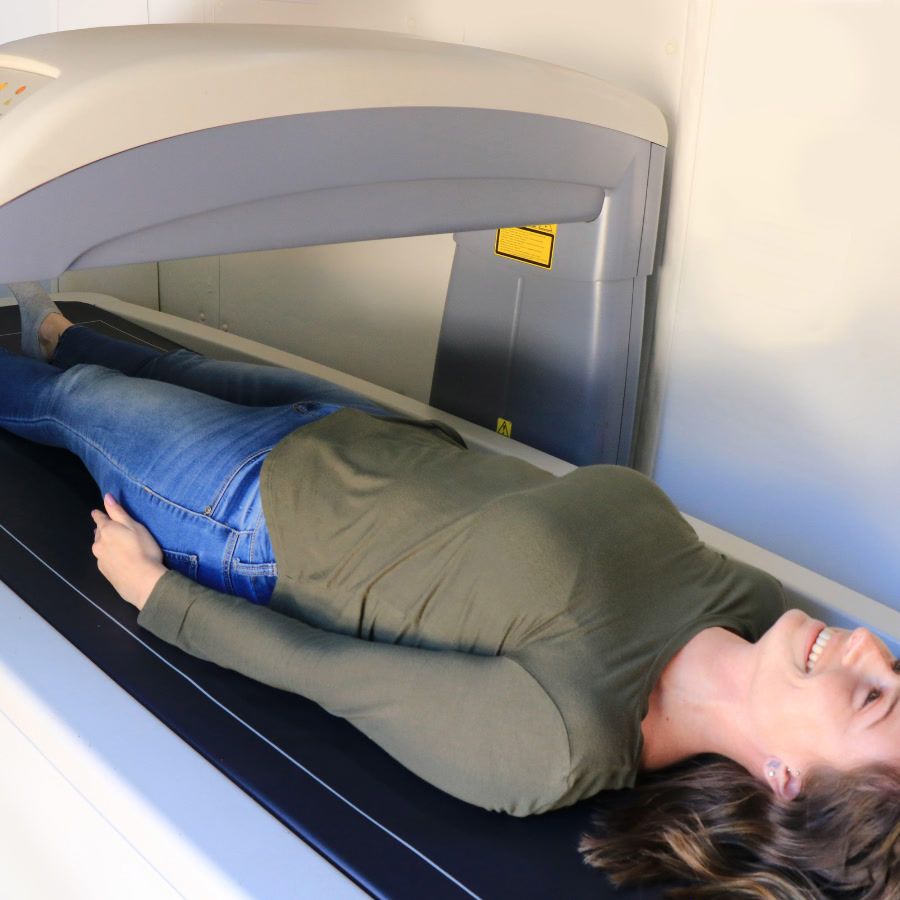Calculating Body Fat Percentage: A Key Indicator of Health

Calculating Body Fat Percentage: A Key Indicator of Health
In the quest for a healthier lifestyle, calculating body fat percentage has become an essential tool. Understanding the importance of body fat percentage can provide valuable insights into our overall health and well-being. This article will explore the significance of body fat percentage, the science behind it, various methods for calculating it, and how to interpret the results. Additionally, we will provide tips for managing body fat percentage through nutrition, exercise, and lifestyle changes.
Get weekly updates.
Understanding the Importance of Body Fat Percentage
Defining Body Fat Percentage
Body fat percentage refers to the proportion of fat tissue in relation to total body weight. It is a measure that considers both essential fat, necessary for normal physiological function, and non-essential fat, stored as energy reserves.
Essential fat is crucial for various bodily functions, including hormone production, vitamin absorption, and insulation. It is found in vital organs, such as the brain, muscles, and bone marrow, to support overall health and well-being. Non-essential fat, on the other hand, is primarily stored under the skin (subcutaneous fat) and around internal organs (visceral fat) as a reserve for energy. Understanding the balance between essential and non-essential fat is key to assessing an individual's overall health status.
Why Body Fat Percentage Matters for Health
While body weight alone can be misleading, body fat percentage provides a more accurate picture of overall health. High body fat percentage has been associated with an increased risk of various health conditions, including heart disease, diabetes, and certain types of cancer. On the other hand, having too low of a body fat percentage can also pose health risks, such as hormonal imbalances and decreased immune function.
Monitoring changes in body fat percentage over time can help individuals track their progress towards achieving a healthy body composition. By combining regular exercise with a balanced diet, individuals can work towards reducing excess body fat and increasing lean muscle mass, leading to improved metabolic health and overall well-being. It is important to consult with healthcare professionals or certified fitness experts to develop personalized strategies for managing body fat percentage effectively.
The Science Behind Body Fat Percentage
How Body Fat Affects Your Body
Body fat serves several vital functions in the body. It provides insulation, protects internal organs, and serves as a source of stored energy. However, excessive body fat can contribute to inflammation, insulin resistance, and hormonal imbalances, which can all impact overall health.
Moreover, the distribution of body fat is also crucial. Subcutaneous fat, found just beneath the skin, is relatively harmless. However, visceral fat, which surrounds organs in the abdominal cavity, is more metabolically active and has been linked to an increased risk of heart disease, stroke, and certain cancers. Understanding the difference between these fat types is essential for managing overall health and reducing disease risk.
The Role of Body Fat in Metabolism
Body fat plays a critical role in maintaining a healthy metabolism. It affects the production and regulation of hormones, including leptin and adiponectin, which influence hunger, satiety, and energy balance. Additionally, excess body fat can impair insulin sensitivity, leading to an increased risk of type 2 diabetes.
Furthermore, adipose tissue, where body fat is stored, is not just a passive energy depot. It is an active endocrine organ that secretes various hormones and cytokines, collectively known as adipokines. These substances play a role in inflammation, blood pressure regulation, and even immune function. The complex interplay between body fat, adipokines, and metabolic health underscores the importance of maintaining a healthy body fat percentage through a balanced diet and regular physical activity.
Methods for Calculating Body Fat Percentage
Using Body Mass Index (BMI)
Body Mass Index (BMI) is a commonly used method to calculate body fat percentage. While it provides a general estimation, it may not be accurate for individuals with higher muscle mass or different body compositions. BMI is calculated by dividing an individual's weight in kilograms by their height in meters squared.
It's important to note that while BMI is a convenient tool for a quick assessment of body fat percentage, it does not take into account factors such as muscle mass, bone density, and distribution of fat. Individuals with a high muscle mass, such as athletes, may have a higher BMI due to muscle weighing more than fat. Therefore, it's essential to consider other methods for a more accurate assessment of body fat percentage.
Skinfold Measurements
Skinfold measurements involve using calipers to measure the thickness of subcutaneous fat at various locations on the body. These measurements are then used in an equation to estimate body fat percentage. Skinfold measurements can be a cost-effective option, but they require precision and expertise to ensure accurate results.
When performing skinfold measurements, it's crucial to take measurements at consistent sites and apply the correct amount of pressure with the calipers to obtain accurate results. Factors such as hydration levels and the skill of the person taking the measurements can also impact the accuracy of the body fat percentage estimation. Skinfold measurements are commonly used in fitness assessments and can provide valuable information about changes in body composition over time.
Bioelectrical Impedance Analysis
Bioelectrical Impedance Analysis (BIA) is a method that measures body fat percentage by passing a low-level electrical current through the body. The resistance encountered by the current is used to estimate the amount of body fat present. BIA is non-invasive and easily accessible but may be less accurate than other methods.
While BIA is convenient and can be done at home using handheld devices, factors such as hydration levels, food intake, and the position of the electrodes can affect the accuracy of the results. BIA is best used for tracking changes in body fat percentage over time rather than providing precise measurements. It's essential to follow the instructions carefully when using BIA to ensure consistent and reliable results.
Interpreting Your Body Fat Percentage
Healthy Body Fat Percentage Ranges
The optimal body fat percentage varies depending on factors such as age, sex, and individual goals. For men, a healthy range is typically between 10% and 20%, while for women, it is typically between 20% and 30%. However, it's essential to consult a healthcare professional for personalized guidance.
What High Body Fat Percentage Indicates
An elevated body fat percentage may indicate an increased risk of obesity-related diseases, such as cardiovascular disease, type 2 diabetes, and certain cancers. It can also impact self-esteem and body image. Addressing high body fat percentage through lifestyle changes can help improve overall health and well-being.
What Low Body Fat Percentage Indicates
Having an extremely low body fat percentage, particularly in women, can lead to hormonal imbalances and reproductive issues. Inadequate body fat levels can affect menstruation, bone health, and fertility. It's crucial to maintain a healthy balance and seek professional guidance when necessary.
Tips for Managing Your Body Fat Percentage
Nutrition and Body Fat Percentage
Achieving and maintaining a healthy body fat percentage involves following a balanced and nutritious diet. Focus on consuming whole foods, such as fruits, vegetables, lean proteins, and healthy fats. Avoid excessive intake of processed foods, sugary drinks, and high-calorie snacks.
Exercise and Body Fat Percentage
Incorporating regular physical activity into your daily routine is vital for managing body fat percentage. Engage in a combination of cardiovascular exercises, such as jogging or cycling, and strength training exercises to build muscle and burn fat. Aim for at least 150 minutes of moderate-intensity exercise or 75 minutes of vigorous exercise per week.
Lifestyle Changes to Improve Body Fat Percentage
In addition to proper nutrition and exercise, certain lifestyle changes can help improve body fat percentage. Getting enough sleep, managing stress levels, and avoiding excessive alcohol consumption can all contribute to maintaining a healthier body composition.
Calculating body fat percentage is an essential step in understanding our overall health. Monitoring changes in body fat percentage can help guide us towards a healthier lifestyle and prevent the development of chronic diseases. For accurate and affordable tracking of body fat, muscle mass, and bone health over time, consider BodySpec's affordable DEXA scans. They provide comprehensive insights that can empower you on your journey to optimal well-being.


